#lycalopex culpaeus
Explore tagged Tumblr posts
Text


Patagonian Culpeo | Damián Ganime
#photo#canidae#lycalopex#lycalopex culpaeus#lycalopex culpaeus magellanicus#culpeo#patagonian culpeo
60 notes
·
View notes
Text
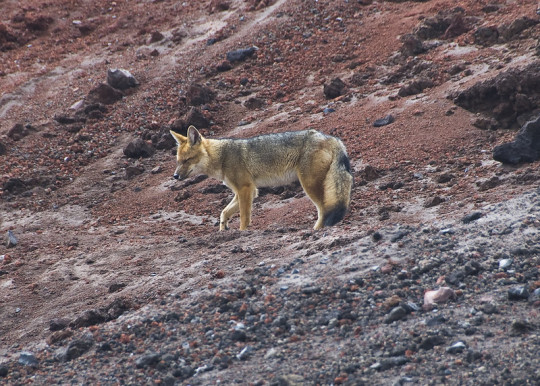
A culpeo zorro (Lycalopex culpaeus) in Ecuador
by Laurence Green
#culpeo#culpeo zorro#false foxes#zorros#raposas#canines#lycalopex culpaeus#lycalopex#canidae#carnivora#mammalia#chordata#wildlife: ecuador#wildlife: south america
184 notes
·
View notes
Text

Culpeo Lycalopex culpaeus
Observed by akigarate, CC BY-NC
17 notes
·
View notes
Text
What canine are the new wolf variants based of?
I am possibly wrong at points and also do not know every canine ever. Also an argument can be made that all of them bar Spotted and Stripped are based of natural variation of Grey wolves (or Coyotes). (But that makes a very dull post so where possible I will be avoiding them.)

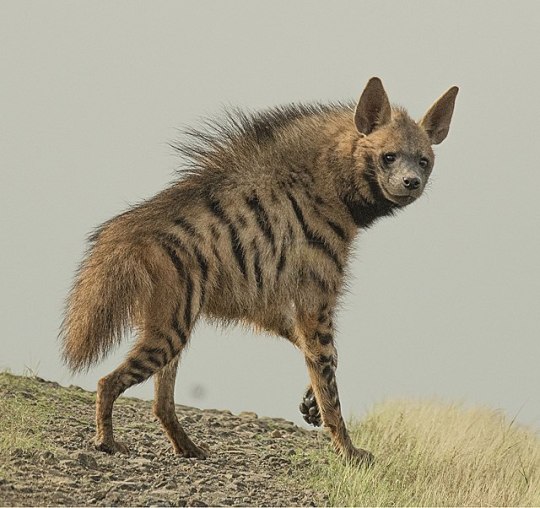
Stripped wolf: Wooded Badlands, Striped Hyena (Hyaena hyaena)

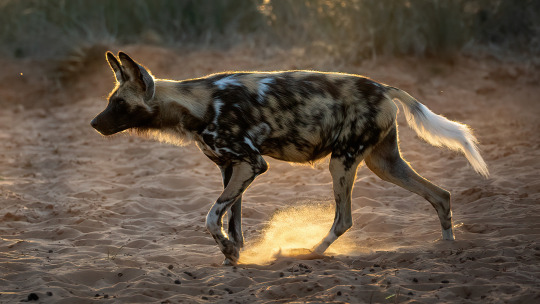
Spotted Wolf: Savanna Plateau, African Wild Dog (Lycaon pictus)

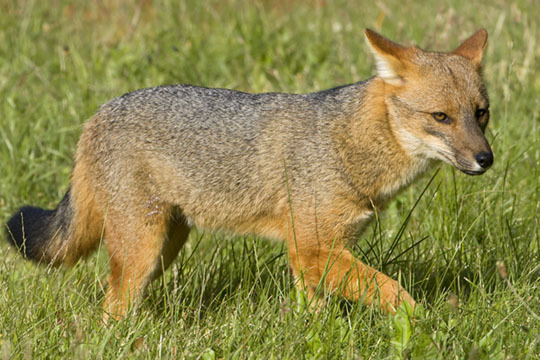
Woods Wolf: Snowy Taiga, Culpeo (Lycalopex culpaeus) Arguably too pale a brown.

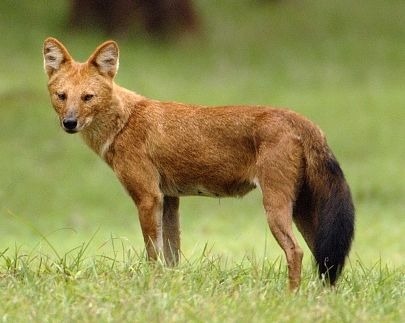

Rusty Wolf: Sparse Jungle, Dhole (Cuon alpinus) (or Ethiopian Wolf (Canis simensis) which looks closer but the habitat is wrong)

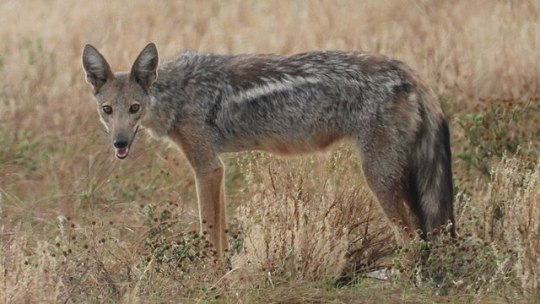
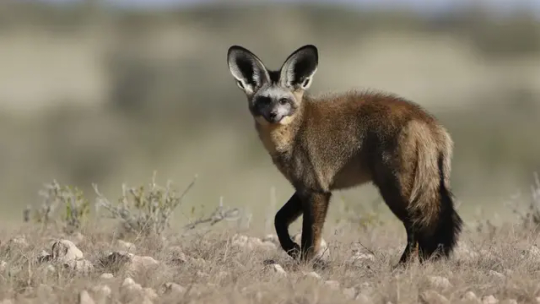
Chestnut Wolf: Old Growth Spruce Taiga, Side Stripped Jackel (Lupulella adustus) (or Bat Eared Fox (Otocyon megalotis))

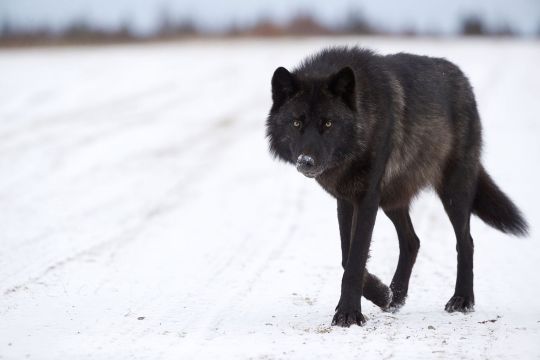
Black Wolf, Old Growth Pine Taiga, Grey Wolf (Canis lupus)


Ashen Wolf: Snowy Taiga, Grey Wolf (Canis lupus)

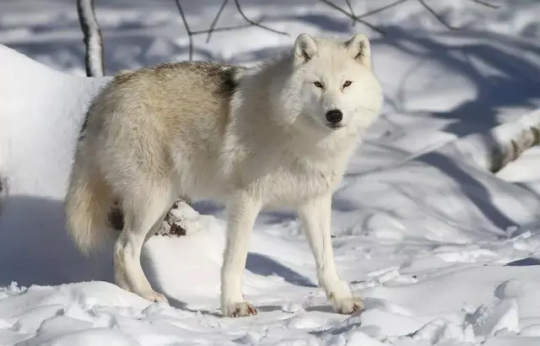
Snowy Wolf: Grove, Arctic Wolf (Canis lupus arctos) [Technically a subspecies of the grey wolf]
#minecraft#minecraft mobs#minecraft wolf#minecraft 1.20#Its an excuess to talk about caines:)#I love them#African wild dogs my beloved
56 notes
·
View notes
Text
The Lycalopex genus has 6 extant (living) foxes.
The Darwin's fox was discovered by Charles Darwin, hence the name!!
- Lycalopex genus | South American foxes | more closely related to wolves and jackals
- Lycalopex culpaeus | Culpeo
- Lycalopex fulvipes | Darwin's Fox
- Lycalopex griseus | South American Gray Fox
- Lycalopex gymnocercus | Pampas Fox
- Lycalopex sechurae | Sechuran Fox
- Lycalopex vetulus | Horay Fox

ID: a redish grey brown fox called the Darwins fox looking at the camera with a blurry grass background
#fox facts#foxes#fox#fox information#my post#animal facts#lycalopex#south american foxes#charles darwin#fun facts#fact of the week
18 notes
·
View notes
Text

Le Renard de Magellan (Lycalopex culpaeus, syn. Pseudalopex culpaeus ), aussi connu sous le nom de Loup de Magellan ou Renard des Andes est appelé communément culpeo en Argentine et Chili. C'est le second plus grand canidé vivant d'Amérique du Sud, seulement dépassé par le loup à crinière
.
#argentina #argentina🇦🇷 #argentine #argentinas #travel #travelphotography #travelgram #travelblogger #travelling #instatravel #voyage #voyager #voyageurdumonde #naturerey #summer #summervibes #goodvibes #ameriquedusud #ameriquelatine #americalatina #ushuaia #findumonde #ushuaiafindelmundo❄️ #patagonia #patagoniaargentina🇦🇷 #animals #animal #animallovers #naturerey #natur #canalbeagle
74 notes
·
View notes
Text

The Fuegian dog (Spanish: perro yagán, perro fueguino), also known as the Yahgan dog, is an extinct domesticated canid. It was a domesticated form of the culpeo (Lycalopex culpaeus).[1] The culpeo is similar in build to true foxes (tribe Vulpini) but is actually more closely related to wolves and jackals, being placed in a separate genus within the South American foxes or zorros. The Fuegian dog is not descended from domestic dogs, which were domesticated from an ancestor shared with the modern gray wolf (Canis lupus), nor from the domesticated silver fox which was domesticated from a melanistic population of the red fox (Vulpes vulpes).
Although the distribution of the Fuegian dog corresponded with that of the Yahgan people, individual animals were not loyal to their human owners. Julius Popper pointed out the canid's lack of loyalty: "I never saw them, no matter how large their number, take an aggressive attitude or defend their masters when these were in danger".[4]
Fuegian dogs were not used to hunt guanaco. However, they might have been useful for hunting otters.[3] The foxes were also useful to humans in that they would gather around their owners to keep them warm. This was noted by Julius Popper: "The dogs placed themselves in a group around the small Onas, taking the shape of a kind of wrapping .... [M]y opinion is that the Fuegian dogs are only useful to complete the defective garment of the Indian, or better, as the Ona's heating furniture".
In 1919, when Silesian missionary Martin Gusinde visited the local Yahgans, he noticed that, to his knowledge, all of the dogs seemed to be missing. He immediately noted this as odd, especially considering that the tie between the dogs and the local people was well documented by foreign missionaries and explorers by this time. Indeed, this mutual cooperation allowed for the region to become the only stronghold of this unusual domesticated canine to have ever existed. Upon speaking to the local people and inquiring about what had happened to the animals, he was told that the entire known population of them had been exterminated, and it was claimed they "were dangerous to men and cattle". Apparently, this "fierce" nature of the animal was allegedly witnessed by Thomas Bridges in the 1880s, who in his writings, purported that the dogs attacked his mission's goats, while giving few specific details.[5]
1919! your great-great-grandma could have seen them!
47 notes
·
View notes
Text
Lycalopex culpaeus lycoides, comúnmente llamado zorro fueguino
oh hey finally found the fire fox:

8 notes
·
View notes
Note
It cannot be entirely ruled out that "Patagonian dogs" - the domesticated culpeos (Lycalopex culpaeus) formerly kept by numerous indigenous peoples in Chile and Argentina - had some Canis lupus ancestry
(I would also support the usage of "South American canids" or "zorros" for Cerdocyonina to avoid confusion with true foxes; they aren't all that foxlike as a whole anyways)
Have you heard about the Dog x Fox hybrid they found in Brazil?
it's actually a really interesting case of hybridization!
the animal in question has been genetically tested and confirmed to be a hybrid between a dog and a pampas fox, but the caveat there is that pampas foxes are actually in a new-world genus called Lycalopex, sometimes known as the False Foxes!
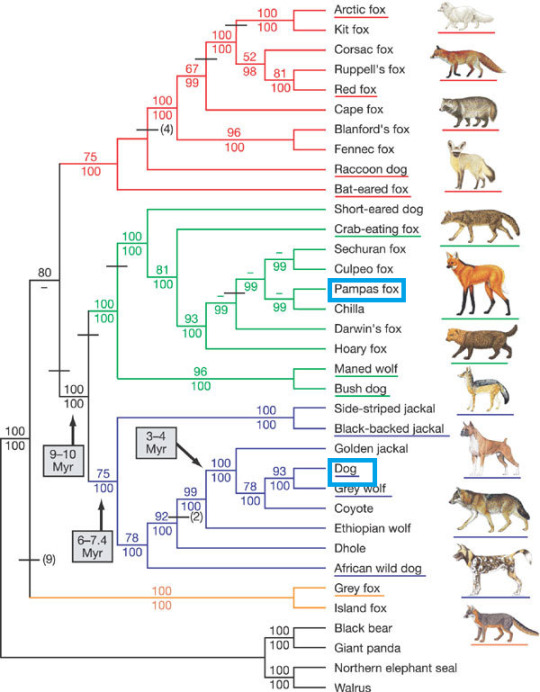
these animals are actually quite a bit closer to dogs than true foxes (everything in the genus Vulpes) are, genetically speaking, so it's not too hard to imagine that it COULD happen, but it's still pretty bonkers that it did!
here's the miscreant in question.
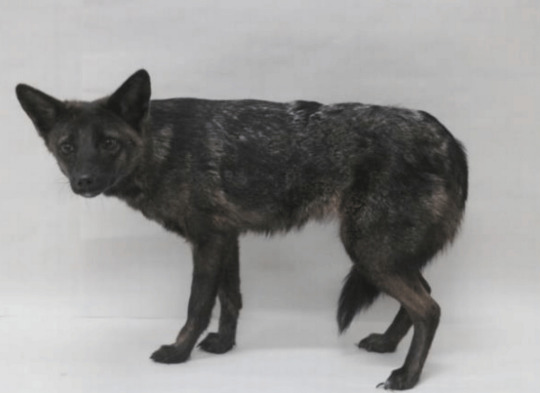
9K notes
·
View notes
Text
La fauna de la XII Región de Chile, es igualmente diversa y fascinante, adaptada a las condiciones extremas de su hábitat. Aquí hay una visión general de algunas de las especies emblemáticas que se pueden encontrar en esta región:
Guanaco (Lama guanicoe): Este pariente de la llama es un mamífero herbívoro que habita en las estepas y montañas de la región. Es una de las especies más emblemáticas de la Patagonia chilena.

Puma (Puma concolor): También conocido como león de montaña o león americano, el puma es el mayor depredador terrestre de la región. Se encuentra en diversos hábitats, desde bosques hasta estepas.

Zorro Culpeo (Lycalopex culpaeus): Este zorro sudamericano es común en la región de Magallanes. Es adaptable y puede encontrarse en una variedad de hábitats, desde bosques hasta estepas y áreas urbanas.

Huemul (Hippocamelus bisulcus): Esta especie de ciervo es endémica de la región de Magallanes y de otras partes de la Patagonia. Es una especie en peligro de extinción y está protegida en Chile.

Ballena Jorobada (Megaptera novaeangliae): En las aguas frías del océano Pacífico y el océano Atlántico sur, se pueden avistar ballenas jorobadas durante sus migraciones estacionales. La región de Magallanes es un importante sitio de avistamiento de ballenas.

Pingüino de Magallanes (Spheniscus magellanicus): Estos adorables pingüinos se encuentran en colonias a lo largo de la costa de la región de Magallanes durante la temporada de cría. Son una atracción turística popular en la región.

Elefante Marino del Sur (Mirounga leonina): Estos enormes mamíferos marinos pueden ser avistados en las costas de la región durante ciertas épocas del año. Son conocidos por sus enormes dimensiones y sus hábitos de reproducción en las playas.

0 notes
Text


Zorro Colorado (Lycalopex Culpaeus) Ushuaia - Argentina, 2023
Cámara: Nikon D5600 Lente: Nikkor 35mm f/1.8
0 notes
Text

Culpeo Lycalopex culpaeus
Observed by sebastian_saiter_v, CC BY-NC
7 notes
·
View notes
Text
Lycalopex Culpaeus
South American foxes, also know as zorros, aren’t really foxes- they are more closely related to wolves, coyotes and jackals. The culpeo is the largest South American fox species, weighing from 12 to 30 pounds (5-13.5 kg).
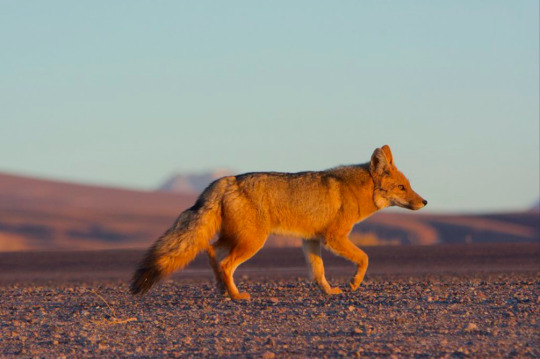
Culpeos are essentially the coyotes of South America. They are highly adaptable animals and live in a variety of habitats in western South America. These habitats include mountains, coastal beaches, plains, and deserts. Their distribution extends all the way from Ecuador and Peru to southern Patagonia.
Since most of their prey is active at night the culpeo is primarily nocturnal, although some populations are more active during the day (diurnal) or at dusk and dawn (crepuscular). Their diet consists mostly of rodents and rabbits but they also prey on lizards, birds, plants, carrion, and occasionally sheep, which makes them a target for shepherds.


Culpeos are very solitary animals, only seen in pairs during the breeding season and when they have pups. Even though they are very solitary and attack sheep, people attempted to domesticate them. This attempt didn’t go very well and the result, called a Fuegian dog or Yaghan dog, was only around until the early 1900′s. The dogs were used for hunting otters but they were apparently not loyal to their owners and frequently attacked livestock.
I rate the culpeo 14/10. They may have been bad dogs but they are very good foxes
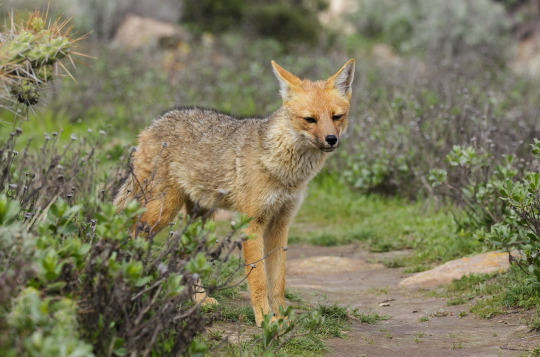
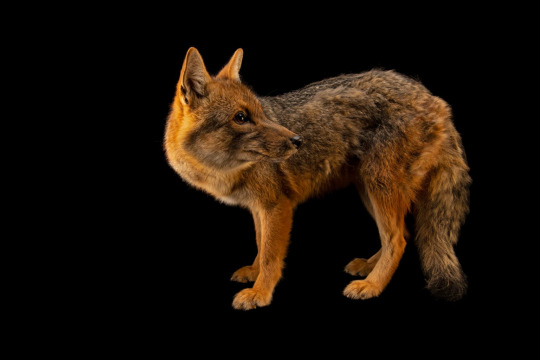
Photo Credits:
(1) Torsten Klein (2) Bernardo Segura (3) doglime.com (4) Thomas Fuhrmann (5) Joel Sartore
#culpeo#fox#andean fox#foxes#culpeos#south america#canine#canines#dog#dogs#animal#animals#nature#wildlife#zoology#biology#science
1K notes
·
View notes
Photo


Piebald Culpeo (Lycalopex culpaeus) captured on trail camera in Río Clarillo National Reserve, Chile, in July 2021. It’s the first ever sighting of a culpeo with piebald markings.
Photos by Corporación Nacional Forestal (CONAF) [x]
3K notes
·
View notes
Text

Le Renard de Magellan (Lycalopex culpaeus, syn. Pseudalopex culpaeus ), aussi connu sous le nom de Loup de Magellan ou Renard des Andes est appelé communément culpeo en Argentine et Chili. C'est le second plus grand canidé vivant d'Amérique du Sud, seulement dépassé par le loup à crinière
.
#argentina #argentina🇦🇷 #argentine #argentinas #travel #travelphotography #travelgram #travelblogger #travelling #instatravel #voyage #voyager #voyageurdumonde #naturerey #summer #summervibes #goodvibes #ameriquedusud #ameriquelatine #americalatina #ushuaia #findumonde #ushuaiafindelmundo❄️ #patagonia #patagoniaargentina🇦🇷 #animals #animal #animallovers #naturerey #natur #canalbeagle
78 notes
·
View notes
